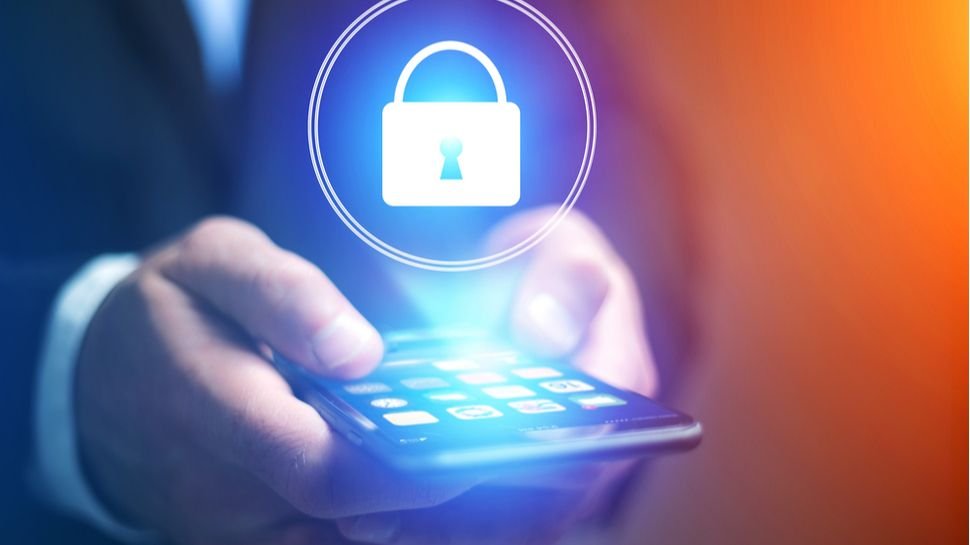

The coronavirus is a critical event. For most businesses this is uncharted territory and managing it will be very disjointed and take precious time to work. A crisis management program is necessary, but not always in an organization's experience, so companies need to think about how they can use technology to help them manage the business impact and a strategy for remote work. This will help them prepare, give them the ability to monitor risk information, and give them the means to communicate with employees, wherever they are. Here's a quick guide, based on our vast experience in emergencies, on how a combination of crisis management best practices and technologies can help: Coordination: Set up a dedicated team to exercise control during coronavirus, so you can ensure that necessary decisions can be made quickly and goal-oriented. Assess: Assess the threat to you and your employees from the coronavirus. Determine where it occurs and if the source of risk information is reliable. There will be a lot of data to sort through, including social media. It is important to ask yourself: How many different sources of risk data do we use to monitor threats to our business? It is effective? Is everything automated or filtered? Locate – Based on the assessment, you need to locate the people or assets involved or operational functions. This could involve your employees, remote workers, managers, contractors, and other stakeholders. Trying to correlate the two may involve accessing multiple systems and sources of information, such as HR systems, travel systems, building management systems, etc. You have to ask yourself: how many different systems do you have that store information about your employees and assets? Is this information fed into your threat data to determine who or what might be affected? Action - Activation of intervention plans and communications. This will involve not only the employees, but also all those who are connected to the organization and who must keep up to date. It is important that your response and communications plans are automated based on specific coronavirus incidents or scenarios as they unfold. Support – Consider supporting employees who get sick. To better ensure the well-being of people with illnesses, companies can learn what help they can provide in terms of access to healthcare. Analyze – Once you have activated your plans, you need to analyze your situation to ensure that the actions you have taken were effective and clearly understand how you have performed. This may involve post-event reporting or additional actions needed to understand how to improve next time. Often the systems used for this purpose are manual or not even in place. Not knowing how long the coronavirus will impact businesses may require analysis at different times to track the success of response efforts. These tips are designed to guide businesses through the unprecedented scenario presented by the coronavirus, but are suitable for other emergency events as well. Today, the clock is ticking and the more time passes, the greater the impact of the virus on employees and operations and the fewer options available to companies. The main advantage of IT platforms designed for critical events is that they allow companies to implement emergency measures quickly and largely automatically. They also help collect critical information in real time so companies can get a realistic view of how the emergency is likely to affect them, allowing the coordinating team to act accordingly. We are certainly in uncharted territory, but technology can help guide businesses.